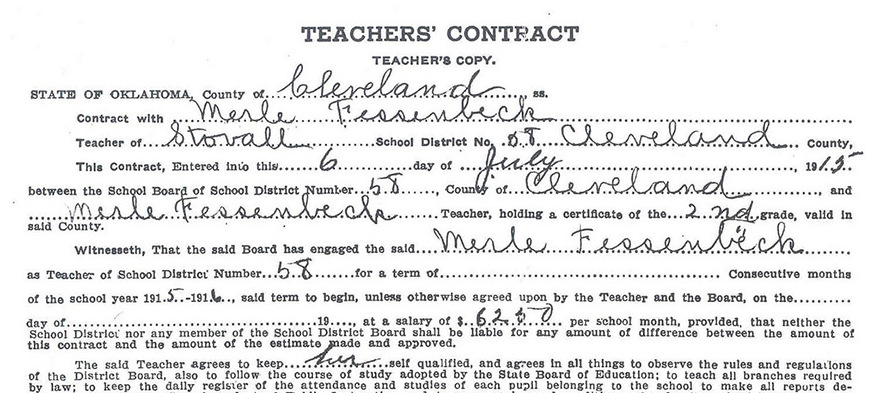
Nov 30, 2016 12:00:00 AM
by Eric Lerum
First, it’s important to recognize that teachers choose charter schools, too. Empowering charter school teachers with the ability to make policy decisions to determine what works for their individual school has enormous potential. And given that charter school teachers are negotiating with their own school’s administration, collective bargaining agreements can be a vehicle for more authentic teacher voice.
While we may have concerns about the adversarial nature of collective bargaining often seen in traditional districts, if a bargaining relationship is something both teachers and management want, there doesn’t seem to be a reason to preclude it outright.
Second, in many ways, the opportunities for collective bargaining in charter schools are tremendous, but only if schools and leaders take advantage of them. Collective bargaining agreements can be used as tools to advance many elements of a school’s “secret sauce” or they can end up as contracts that look very much like district bargaining agreements, which are not known for respecting autonomy.
Where schools under such a regime do succeed, it will likely be because the educators in the building figure out how to achieve in spite of the contract, rather than because of the support it provides. And charter schools would also be wise to keep their contracts thin, allowing for the customization and flexibility charters are known for while avoiding the overly burdensome web of rules traditional districts are often stifled by.
Eric Lerum is the vice president of growth and strategy for America Succeeds, where he leads the organization’s efforts to amplify the business leader voice in support of improving public education. Eric has over a decade of experience in strategic planning, partnership development, and advising state and local policymakers regarding public education issues. Most recently Lerum led the policy efforts at StudentsFirst as the vice president of national policy, building a team of policy and legislative analysts with expertise across a broad agenda, including teacher quality, school choice and governance reform. Before StudentsFirst, Eric served as chief of staff to the deputy mayor for education for the District of Columbia, where he played a lead role in school reform efforts, including the mayoral takeover of the school system and D.C.’s successful Race to the Top application. He has also held positions as the legislative counsel to the D.C. Council’s education committee and as a policy analyst for the D.C. Board of Education. Eric is a 2003 graduate of the Washington College of Law at American University, where he developed his interests in public education and youth justice while teaching constitutional literacy to high school students.
Few issues in education spark more tension and debate than standardized testing. Are they a tool for equity or a burden on students? A necessary check on school systems or a flawed measure of...
Charter schools are public schools with a purpose. Operating independently from traditional school districts, they're tuition-free, open to all students, and publicly funded—but with more flexibility...
Despite the benefits of a diverse teaching force, prospective teachers of color fall out of our leaky preparation pipeline at every stage: preparation, hiring, induction, and retention. Here’s what...
Ed Post is the flagship website platform of brightbeam, a 501(c3) network of education activists and influencers demanding a better education and a brighter future for every child.
© 2020-2025 brightbeam. All rights reserved.
Leave a Comment